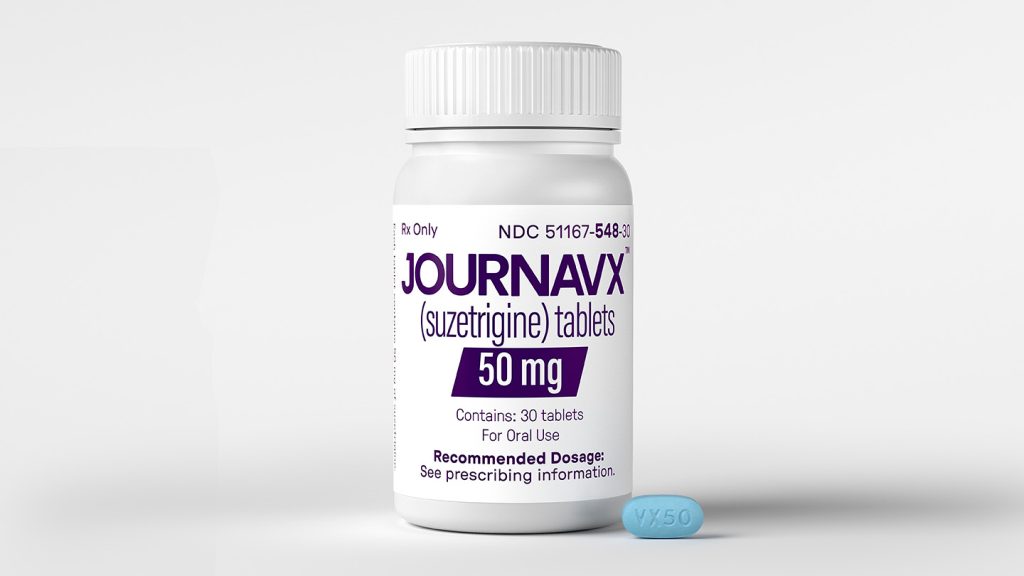A New Era in Pain Management: The FDA Approval of Suzatriptan (Journavx)
The landscape of pain management is poised for a significant shift with the recent FDA approval of suzetriptan, marketed under the brand name Journavx. This novel oral medication offers a non-opioid alternative for managing moderate to severe acute pain, specifically targeting pain arising from tissue injury, such as post-surgical pain. The approval of Journavx marks a milestone in pain therapy, being the first new class of pain medications approved in decades. Importantly, unlike opioid medications, Journavx does not carry the risk of addiction, a significant advantage in the current opioid crisis. This development holds promise for millions of patients seeking effective pain relief without the potential for dependence.
The Prevalence of Prescription Pain Medication Use and the Need for Alternatives
The pervasive use of prescription pain medications in the United States underscores the urgent need for alternative pain management strategies. Data indicates that over 10% of U.S. adults aged 20 and older used one or more prescription pain relievers between 2015 and 2018. This widespread reliance on pain medication, coupled with the inherent risks of opioid addiction, necessitates the development and adoption of non-opioid pain management options. Journavx emerges as a potential solution, offering a mechanism distinct from opioids and thereby circumventing the risk of dependence.
Journavx’s Targeted Approach to Pain Signaling: The Nav1.8 Sodium Channel
Journavx’s unique mechanism of action sets it apart from other pain medications. The drug specifically targets the Nav1.8 sodium channel, a protein found on pain-sensing nerve cells in the peripheral nervous system. This channel plays a crucial role in transmitting pain signals by facilitating the movement of sodium ions across nerve cell membranes. By selectively inhibiting Nav1.8, Journavx disrupts the pain signaling pathway, effectively reducing the intensity of pain signals reaching the brain. This targeted approach minimizes the impact on other sodium channels, thereby reducing the likelihood of side effects associated with broader sodium channel blockers.
Comparing Journavx to Existing Sodium Channel Blockers: A More Selective Approach
Existing pain medications like lidocaine also target sodium channels, but their mechanism is less selective, blocking all sodium channels rather than specifically targeting Nav1.8. This broad blockade of sodium channels can lead to a range of side effects that limit the dosage and application of these medications. For instance, lidocaine is often administered locally, such as via injection, to minimize systemic side effects. Journavx, with its targeted action on Nav1.8, offers a more precise approach to pain management, potentially minimizing the risk of these broader side effects. This selectivity could allow for more flexible dosing and administration, expanding the drug’s clinical utility.
Clinical Trial Results and Observed Side Effects of Journavx
Clinical trials conducted by Vertex Pharmaceuticals in 2024 demonstrated Journavx’s efficacy in reducing post-surgical pain compared to a placebo in patients who had undergone abdominal or foot surgery. While the pain reduction observed was described as modest, it nevertheless represents a positive step towards effective non-opioid pain management. Like any medication, Journavx is associated with potential side effects. In clinical trials, participants reported side effects including itching, rash, and muscle spasms. The incidence and severity of these side effects will need to be carefully monitored and further investigated in larger patient populations to ensure the drug’s safety and tolerability.
The Future of Non-Opioid Pain Management: The Promise of Journavx
The approval of Journavx signifies a promising advancement in the pursuit of effective non-opioid pain management strategies. This novel medication offers a targeted approach to disrupting pain signaling, avoiding the well-documented risks of addiction associated with opioid medications. While further research is needed to fully characterize the drug’s long-term efficacy and safety profile, Journavx represents a significant step towards providing patients with much-needed pain relief alternatives. As the first new class of pain medication approved in decades, Journavx may pave the way for the development of other targeted non-opioid pain therapies, ushering in a new era of safer and more effective pain management.















